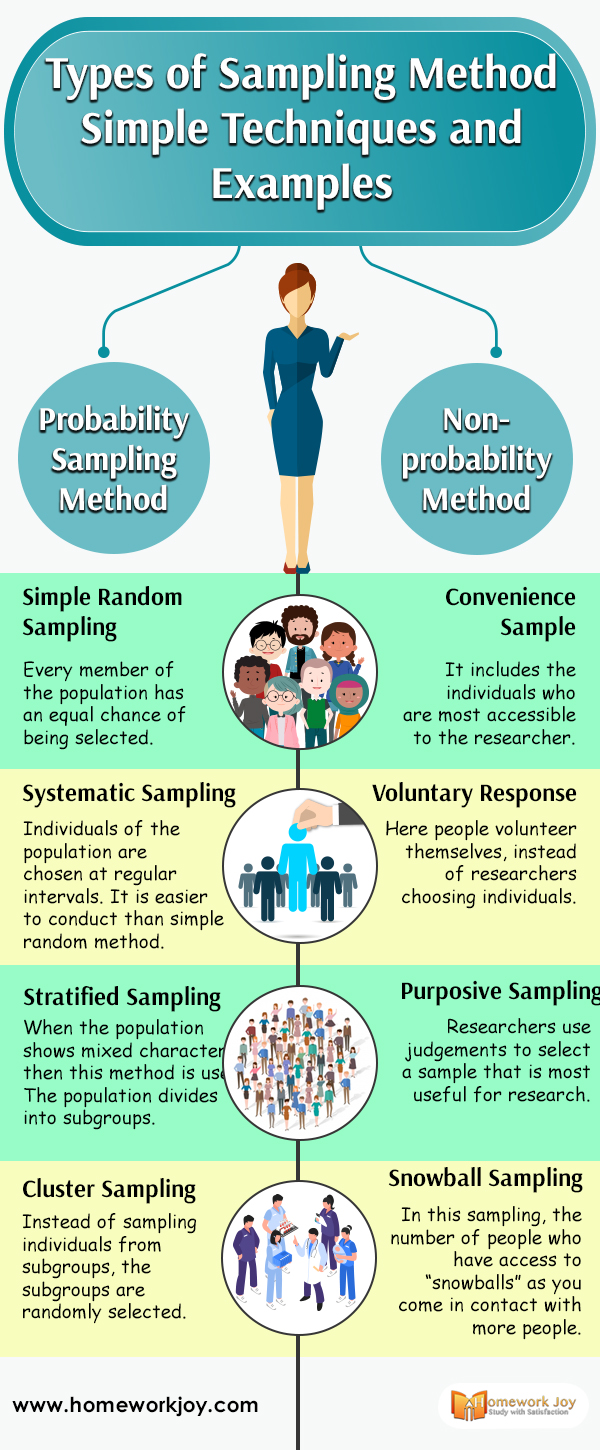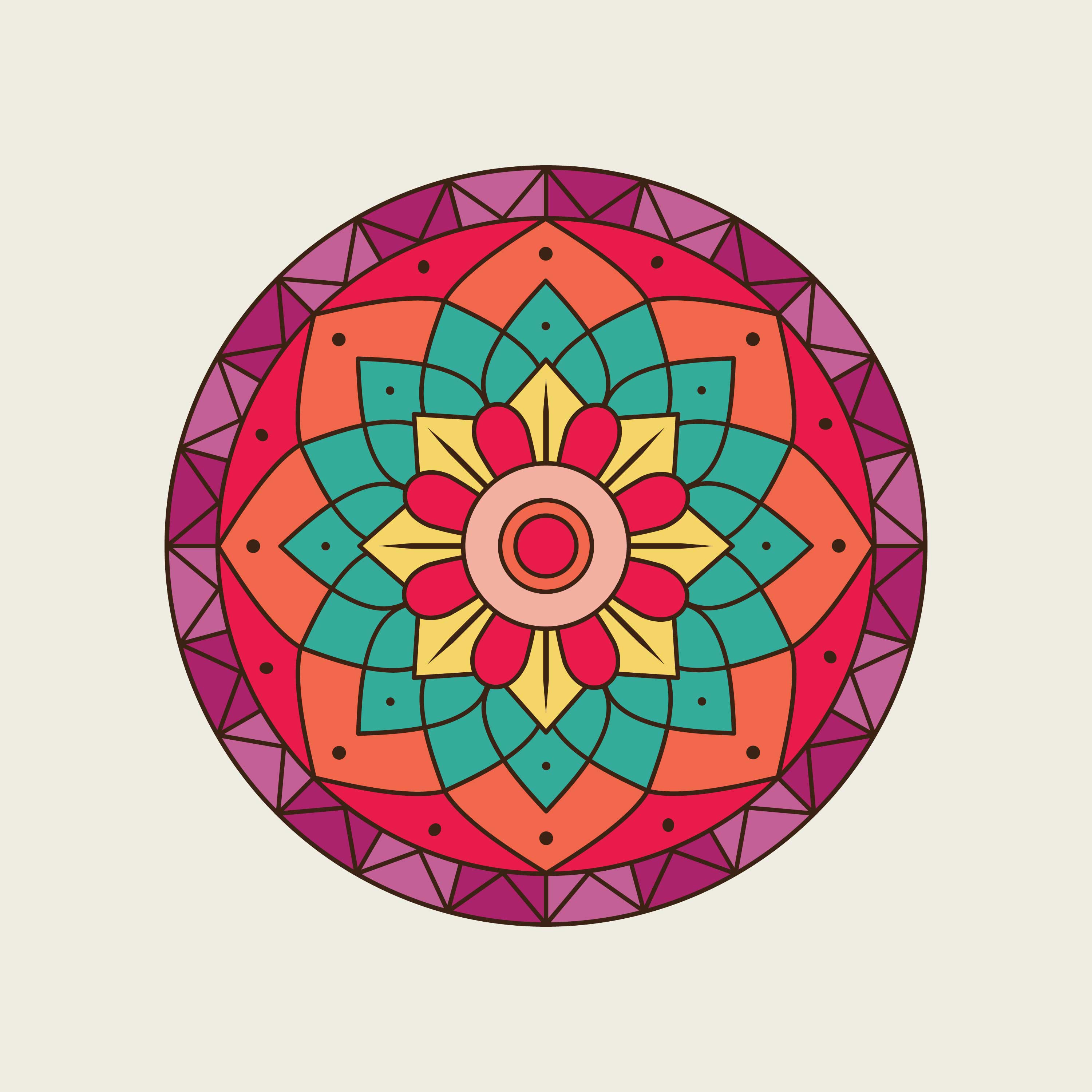Table Of Content

In many ways, artists and designers are storytellers who use their practices as tools to achieve different objectives. Design and technique are two distinct yet interconnected elements in the creative process. While design focuses on the conceptualization and visual aspects of a project, technique refers to the practical skills and methods employed to bring that vision to life. Understanding the difference between these two crucial components is essential for achieving successful outcomes in any creative endeavor. Design is a creative process that involves understanding an individual’s or organization’s needs and translating them into a product, service, or environment. It is a process that requires knowledge of the user’s needs, the technical capabilities of the product or service, and an understanding of the aesthetic and functional possibilities of the chosen medium.
Unveiling the Distinction: Exploring the Key Differences Between Design and Technique
So, let us continue to explore and embrace the fascinating realm where design and technique converge. Design and technique are two fundamental aspects of any creative endeavor, be it in the fields of art, architecture, or even technology. While they may seem interchangeable at first glance, a deeper examination reveals distinct differences between the two. Understanding these disparities is crucial for anyone seeking to gain a comprehensive understanding of the creative process. In this article, we will delve into the essence of design and technique, examining their differences and unveiling the distinctions that set them apart.
How to Start Discovering Your Own Art Style
We find an overall reasonable agreement between the retrieved and expected emissions for power plant emission rates between 223 and 587 t CO2 h‑1. The retrieved emissions average 84 % of the expected emissions and have a mean relative uncertainty of 24 %. The technique works at wind speeds down to 1.4 m s‑1 and can follow diurnal emission dynamics. We also include observations with unfavorable ambient conditions, such as background heterogeneity and acute observation angles. These conditions are shown to produce considerable biases in the retrieved emission rates, yet they can be filtered out reliably in most cases.
Street Art
My articles are designed to be a reliable resource, offering detailed insights that help you make informed decisions in various aspects of life. However, combining both leads to innovative solutions that have the potential to change the world. Overall, the combination of design and technique is essential in producing innovative and exceptional work in creative fields.
Major differences between Design and Technique

Design can be defined as the process of creating and arranging elements in a way that achieves a specific purpose or communicates a certain message. It involves a thoughtful and intentional approach to problem-solving, where aesthetics, functionality, and user experience are carefully considered. Design is not limited to visual arts; it extends to various domains such as graphic design, industrial design, and even interior design. It encompasses conceptualization, planning, and execution, all aimed at achieving a desired outcome. It is fair to say that art and design share similar functions, yet the intention behind the final product or artwork is usually very different.
What is data visualization and why is it important? Definition from TechTarget - TechTarget
What is data visualization and why is it important? Definition from TechTarget.
Posted: Mon, 28 Feb 2022 22:00:59 GMT [source]
Faculty Blog: The Difference Between Art and Design
This shows the growing importance of design in the business world and highlights the need for a deep understanding of both design and technique. In summary, while design focuses on conceptualization and planning, technique is about executing those plans using specialized skills and knowledge. We hope that this cohort model doesn’t just stay here at school but goes beyond that. I know some Grace College art cohorts stay in touch, share work, and encourage each other long after they graduate. And on a personal level, the classmates I had at Grace are now my guest speakers for courses. The cohort that is established at Grace, but then becomes a lifelong community, is very powerful and enriches the life of the artist.
Examining the Differences

End stresses the intended effect of action often in distinction or contrast to the action or means as such. Intention, intent, purpose, design, aim, end, object, objective, goal mean what one intends to accomplish or attain. Philosophy of design is the study of definitions, assumptions, foundations, and implications of design. There are also many informal 'philosophies' for guiding design such as personal values or preferred approaches.
What is Organization Development The 5 Phases of OD Strategies - ATD
What is Organization Development The 5 Phases of OD Strategies.
Posted: Tue, 13 Oct 2020 12:33:20 GMT [source]
With technology always advancing, graphic artists are exploring new platforms and tools to test their creations. As shown in the table, design and technique are interdependent and require each other to achieve success. Ideation and conceptualization, for instance, are design skills that allow for the creation of a clear vision for the product. Meanwhile, prototyping and manufacturing are techniques that bring that vision to life. The combination of both design and technique ultimately leads to a product that is both visually appealing and functional.
Enhancing the Quality of a Final Product with an Understanding of Design Principles and Technical Skills
Designers use their creativity and problem-solving skills to come up with innovative solutions that meet the needs and desires of the intended audience. Technique is the way in which an artist or designer uses materials and tools to create a work. It is the specific methods and processes used by the designer in order to create a product. For example, a painter may use a certain brushstroke technique to create a particular effect. Artists are constantly pushing the boundaries and discovering new ways to express individuality through art and design.
It gives rise to patterns that assist us in organizing our understanding of the world. Although we encounter symmetry in our everyday lives, we often fail to recognize it. Professionals in various careers employ concepts of symmetry such as translations, rotations, reflections, and tessellations.
When you look at it, you appreciate it because it makes you feel something; it has some sort of emotional impact on you. The artist decides what principles of art he or she wants to use in a painting. While an artist might not use all the principles of design in one piece, the principles are intertwined and the use of one will often depend on another. For example, when creating emphasis, the artist might also be using contrast or vice versa.
This trend is allowing artists to escape from the confines of modern city life and express their concerns for the global crisis and the environment. Crypto art is a form of artwork based on technology provided by our increasingly digital world. The digital design of crypto art allows you to buy, sell, collect, and trade digital artwork online. There are several forms of crypto art, such as digital graphics, music, virtual reality dreamscapes, and programmable art. But now more than ever they are trending among artists and art enthusiasts alike, as a popular weekend activity. Museums, galleries, and art festivals are now using online platforms to create virtual exhibits for art lovers to attend globally.
Whether you’re learning to draw, mastering Adobe Creative Suite, or developing a keen eye for detail, honing your technique is crucial to becoming a successful designer. The primary difference between art and design is that designs are often dependent on their function as a design object that has a set purpose or use for its audience. Art is understood as more perceptual and does not have to solve problems, as one would find in design. Let us draw your attention to the concept of design thinking for example, which employs a level of creativity and innovation to produce design solutions that are “viable”, and which please the end user.
Emphasis is when the artist creates an area of the composition that is visually dominant and commands the viewer's attention. See the article, Balance, for some visual examples of how the elements of art can be used to achieve balance. Each article is a deep dive into the subject matter, providing you with a comprehensive understanding that demystifies complex topics. Did you know that according to a survey by Adobe, 73% of companies invest in design to stand out from their competition?

No comments:
Post a Comment